Can You Have High Estrogen & Low Progesterone at the Same Time?
If you’ve ever been told your estrogen is “a little high” but your progesterone is “a little low,” you might wonder—can both really happen at the same time? And what does that mean for your cycle, PMS, and fertility?
The short answer is: yes, it’s not only possible—it’s actually very common.
In this post, we’ll break down how estrogen and progesterone work together, what happens when they’re out of balance, and what symptoms to look for if you’re dealing with high estrogen and low progesterone at the same time.
hormone struggles?
💡 Estrogen & Progesterone: A Delicate Balance
Think of estrogen and progesterone like a see-saw. Estrogen builds up the uterine lining and stimulates tissue growth. Progesterone balances that growth by stabilizing the lining, calming the nervous system, and preparing the body for potential implantation.
During a healthy cycle:
Estrogen rises in the follicular phase (before ovulation)
Progesterone takes over in the luteal phase (after ovulation)
Estrogen should dip, while progesterone peaks
But if ovulation is weak (or doesn’t happen), progesterone may not rise as it should—leaving estrogen unopposed, even if it’s not sky-high.
🔄 Yes, You Can Have Both
Here’s how it happens:
Estrogen is too high, or not detoxed/metabolized efficiently
Progesterone is too low, often due to poor ovulation or chronic stress
The ratio between the two becomes imbalanced, leading to estrogen dominance symptoms
You can also have “normal” estrogen levels on labs, but if progesterone is too low in comparison, you’ll still experience symptoms of excess estrogen.
Want to test your hormones at home? I offer comprehensive labs + interpretation—learn more here.
🚩 Symptoms of High Estrogen + Low Progesterone
Bloating and fluid retention
Breast tenderness or swelling
Mood swings, anxiety, or irritability (especially pre-period)
Short luteal phase or spotting before your period
Heavy or painful periods
PMS or PMDD symptoms
Difficulty sleeping, especially in the luteal phase
Trouble conceiving or early miscarriage
🧪 What to Look for in Testing
✅ Mid-Luteal Bloodwork (Serum)
Test progesterone 7 days after ovulation
Estrogen (E2) can also be tested mid-cycle or luteal depending on what you're trying to assess
Look at the ratio of estrogen to progesterone—not just individual numbers
✅ DUTCH Test
Offers a full picture of progesterone, estrogen, and how your body metabolizes estrogen
Can reveal estrogen detox issues (especially if 4-OH or 16-OH pathways are high)
Gives insight into cortisol and stress, which often contribute to low progesterone
✅ GI MAP
If your gut isn’t clearing estrogen efficiently, it can recirculate (hello, high estrogen)
High beta-glucuronidase on a GI MAP means estrogen detox is slowed down
✅ HTMA (Hair Mineral Test)
Chronic stress can deplete magnesium, zinc, and potassium—nutrients needed for hormone production and balance
Copper imbalances can also influence estrogen metabolism
🌿 What to Do if You Have High Estrogen & Low Progesterone
1. Support Ovulation First
No ovulation = no progesterone. Balance blood sugar, reduce inflammation, and eat enough to support regular cycles.
2. Clear Excess Estrogen
Eat cruciferous veggies (broccoli, cauliflower, kale)
Add flaxseeds and fiber
Consider calcium-D-glucarate or broccoli seed extract (with provider guidance)
Support the liver with dandelion root tea, B vitamins, and hydration
3. Support Progesterone Production
Nutrients: B6, magnesium, vitamin C, zinc
Herbal support like chasteberry (Vitex) if cycles are short or irregular
Prioritize stress management and sleep, which play a huge role in luteal phase strength
Final Thoughts
High estrogen and low progesterone often go hand in hand—but the key is addressing both sides of the equation. Instead of chasing one hormone, zoom out and support your entire cycle: ovulation, detox, stress, and inflammation.
The good news? With the right tools and personalized support, it’s absolutely possible to bring hormones back into balance—and feel better throughout your whole cycle.
📌 Want to uncover if this imbalance is showing up in your body?
Explore my coaching programs & testing packages
or
Take the quiz to find your hormone imbalance type










